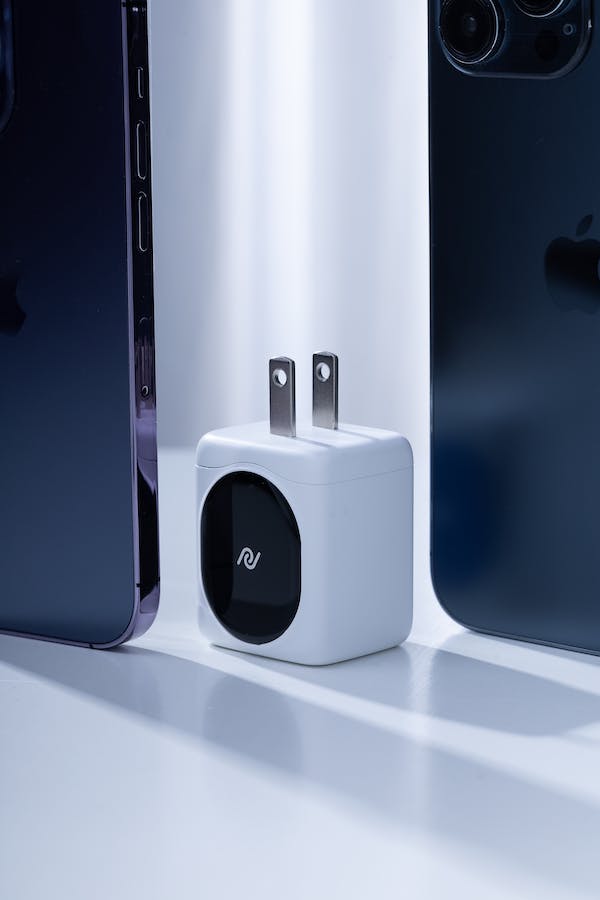As electric vehicles (EVs) continue to gain popularity, the demand for efficient and rapid charging solutions is at the forefront of the automotive revolution. This article delves into the world of the fastest EV chargers and cutting-edge EV charging solutions, exploring how advancements in technology are shaping the future of electric transportation.
The Need for Speed: Fastest EV Chargers
DC Fast Charging Technology:
DC fast charging is the key to achieving rapid charging speeds for electric vehicles. Unlike traditional AC chargers, DC fast chargers bypass the vehicle’s onboard charger, delivering high-voltage direct current (DC) directly to the battery. This technology significantly reduces charging times and is instrumental in making long-distance travel with electric vehicles more practical.
Tesla Supercharger Network:
Tesla’s Supercharger network is renowned for its fast-charging capabilities. These proprietary chargers are designed specifically for Tesla vehicles and offer impressive charging speeds. The Supercharger V3, for example, can provide up to 250 kW of power, enabling Tesla vehicles to gain a substantial charge in a short amount of time.
IONITY High-Power Charging Network:
IONITY, a joint venture among major automakers, has established a high-power charging network across Europe. Their chargers can deliver charging rates of up to 350 kW, allowing compatible EVs to add a significant range in a matter of minutes. This network aims to facilitate long-distance travel and promote the widespread adoption of electric vehicles.
AeroVironment’s TurboDX:
AeroVironment’s TurboDX is a DC fast charger designed for both commercial and residential use. With a power output of up to 100 kW, it offers faster charging compared to many standard DC chargers. The versatility of the TurboDX makes it suitable for various applications, from highway rest stops to private residences.
Cutting-Edge EV Charging Solutions
Vehicle-to-Grid (V2G) Technology:
Vehicle-to-Grid (V2G) technology enables bidirectional energy flow between electric vehicles and the grid. This innovative solution allows EVs to not only consume electricity but also return excess energy to the grid when needed. V2G technology has the potential to enhance grid stability and provide additional value to EV owners.
Wireless Charging Systems:
Wireless charging systems eliminate the need for physical cables, offering a convenient and efficient way to charge electric vehicles. These systems use electromagnetic fields to transfer energy between a charging pad on the ground and a receiver on the vehicle. Wireless charging is being developed for both stationary and dynamic (on-the-go) applications.
Smart Charging Infrastructure:
Smart charging infrastructure integrates digital technologies to optimize the charging process. This includes features such as dynamic pricing, real-time data monitoring, and the ability to schedule charging during periods of low electricity demand. Smart charging solutions enhance the overall efficiency and reliability of EV charging networks.
Ultra-Fast Charging Research:
Ongoing research is focused on pushing the boundaries of charging speeds even further. Experimental ultra-fast chargers with power outputs exceeding 350 kW are being developed, aiming to reduce charging times to just a few minutes for a significant EV range. These advancements are part of a continuous effort to make EV charging as fast and convenient as refueling with traditional vehicles.
Conclusion: Paving the Way for a Charged Future
The fastest EV chargers and cutting-edge EV charging solutions are transforming the landscape of electric transportation, addressing concerns related to charging times, convenience, and grid integration. As technology continues to evolve, the electric vehicle industry is poised to make significant strides, paving the way for a future where EV charging is not only fast and efficient but also seamlessly integrated into our daily lives. With innovations in both charging speeds and infrastructure, the road ahead looks promising for the widespread adoption of electric vehicles.


